Barrel Spotlight: One Mash Bill, Two Unique Paths
Welcome back to the Brindiamo Barrel Spotlight, our weekly email series highlighting the barrels, distilleries, and market dynamics shaping today’s...
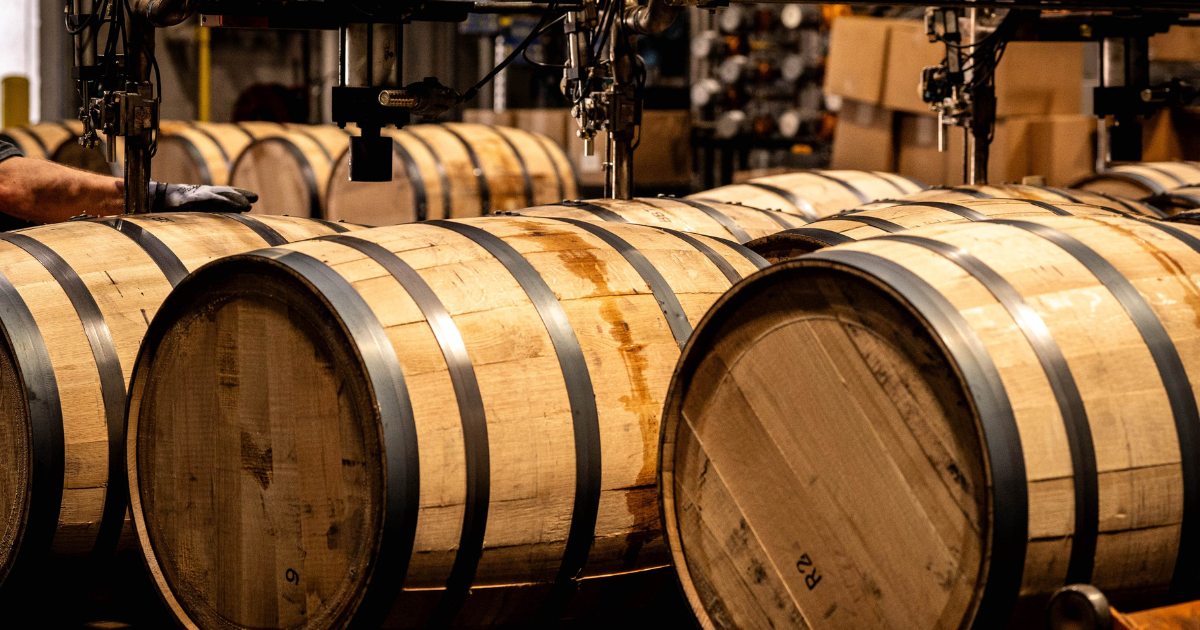
Whiskey is one of the world’s most revered spirits, but not all whiskey is created equal. Two key categories—new fill whiskey and aged whiskey—play very different roles in the market. While the term “bulk whiskey” is often used to refer to both, understanding their differences is critical for distillers, bottlers, investors, and whiskey enthusiasts alike.
Whether you're sourcing whiskey for future aging or bottling a premium product, here’s what you need to know about these two essential categories.
New fill whiskey—also known as white dog or new-make spirit—is unaged or freshly barreled spirit straight off the still. It has not yet undergone maturation, meaning it hasn’t extracted flavor, aroma, or color from the barrel.
New fill whiskey is often purchased by:
Distilleries looking to age or finish in specific casks
Independent bottlers building new product lines with known future demand
RTD (ready-to-drink) and cocktail producers
Private-label brands planning to craft long-term, custom expressions
It’s a flexible, cost-effective option for long-term planning and innovation.
Aged whiskey has spent time—typically a minimum of two years in the U.S. or three in the EU—maturing in oak barrels. During this process, it undergoes chemical transformations that dramatically enhance its flavor, color, and value.
Aged whiskey is ready to drink and appeals to connoisseurs, collectors, and premium retail markets. It is often positioned as a flagship product in a brand’s portfolio.

New Fill Whiskey:
Sharp and unrefined due to minimal barrel influence
Lacks complexity; often used as a base spirit
Harsh esters and grain-forward notes
Aged Whiskey:
Develops vanilla, oak, caramel, spice, and smoke from barrels
Smoother mouthfeel from oxidation and evaporation
Longer aging = deeper, more layered character
New Fill Whiskey:
Colorless to pale yellow
Indicates no significant interaction with wood
Aged Whiskey:
Amber, copper, or deep mahogany depending on age
Barrel char, climate, and storage conditions all influence appearance
New Fill Whiskey:
Lacks vanillin, tannins, or wood sugars
Chemical profile is raw and undeveloped
Aged Whiskey:
Barrel filtering removes harsh compounds
Develops aromatic and textural complexity
Angel’s share evaporation concentrates remaining spirit
New Fill Whiskey:
The best fit for a cash-strapped NDP with a tangible roadmap
Often ideal for RTD manufacturing, where younger whiskey is needed
Purchased in bulk for aging and/or future finishing
Offers branding flexibility (make it your own!) and cost efficiency
Aged Whiskey:
Sold directly to retailers and hospitality organizations creating private labels
Non-distilling producers who need ready-to-bottle liquid to meet demand increases
Creation/maintenance of premium product lines
New Fill Whiskey:
The cheapest possible way to access whiskey
Great for startups and long-term maturation strategies
Aged Whiskey:
Higher price reflects years of storage, labor, and other costs incurred during aging
Laddered growth of liquid value with older stocks (15+ years) commanding premium pricing
Considered an investment-grade asset in some markets around the globe
Choose New Fill Whiskey If You Want:
✅ Lower entry price and future flexibility
✅ A base spirit for aging or blending
✅ Cost-effective sourcing for RTDs
Choose Aged Whiskey If You Want:
✅ A finished product ready for the shelf
✅ A premium brand story with built-in value
✅ Something special for connoisseurs and collectors
At Brindiamo, we help distilleries, brand owners, and investors navigate the whiskey market with confidence. Whether you're looking for new fill to age or rare aged lots to bottle now, our global inventory and deep industry relationships give you a competitive edge.
📩 Contact us today to explore your whiskey sourcing options.
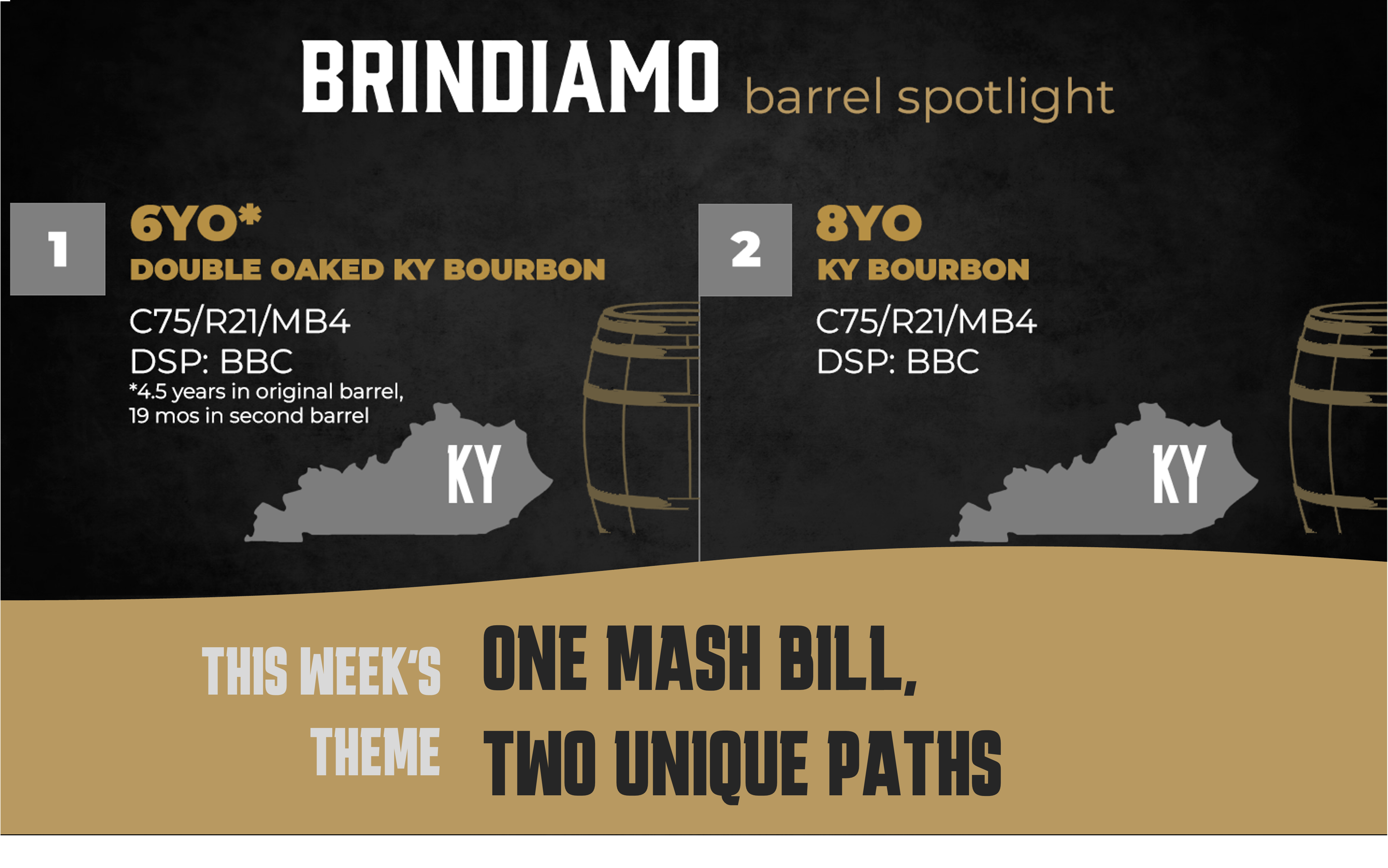
Welcome back to the Brindiamo Barrel Spotlight, our weekly email series highlighting the barrels, distilleries, and market dynamics shaping today’s...
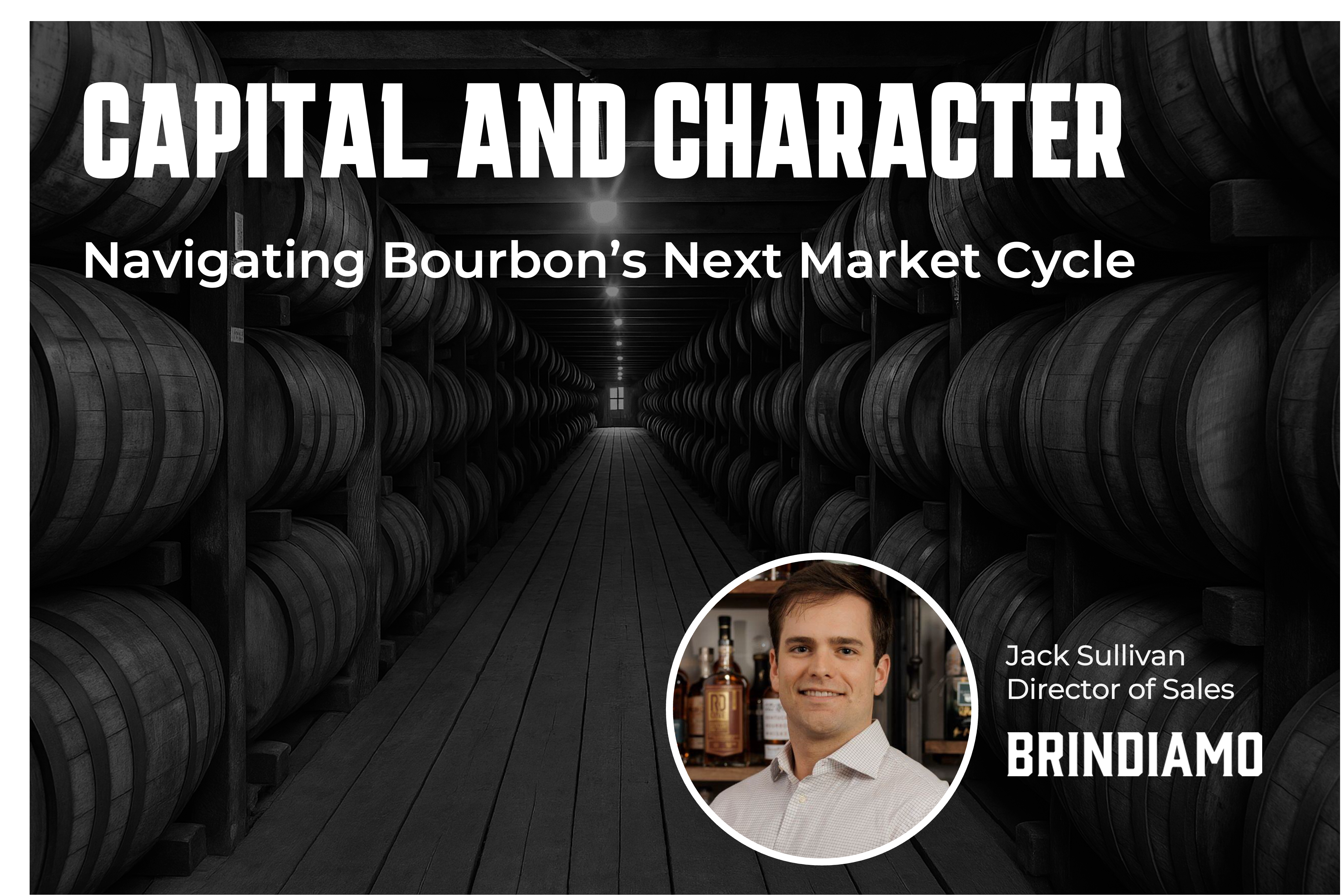
The market for bourbon barrels is bifurcated. Over the course of the last 24 months, the conversation has shifted from how to find whiskey to how to...
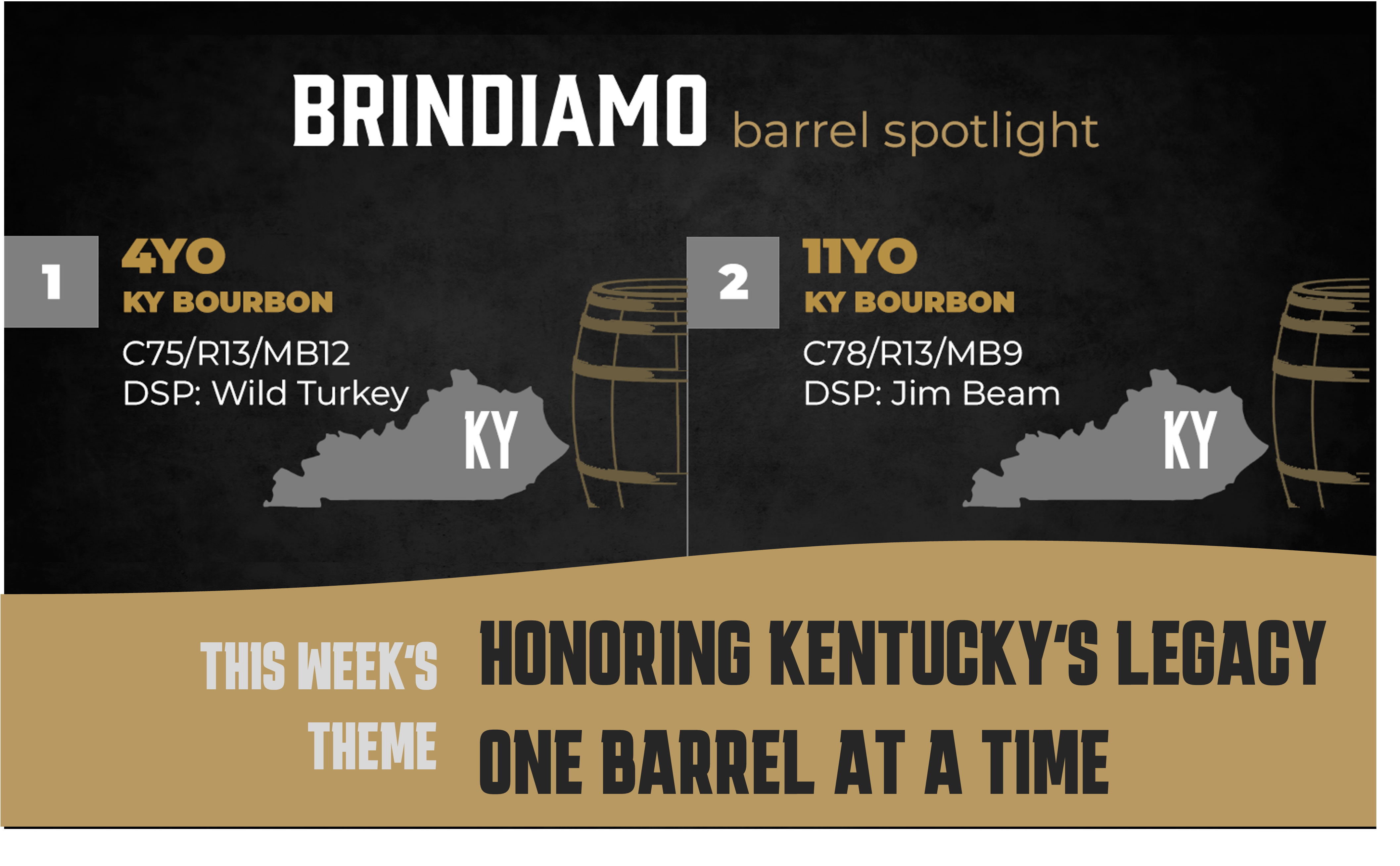
Welcome to the Brindiamo Barrel Spotlight, our weekly series celebrating the barrels, distilleries, and market dynamics shaping today’s whiskey...
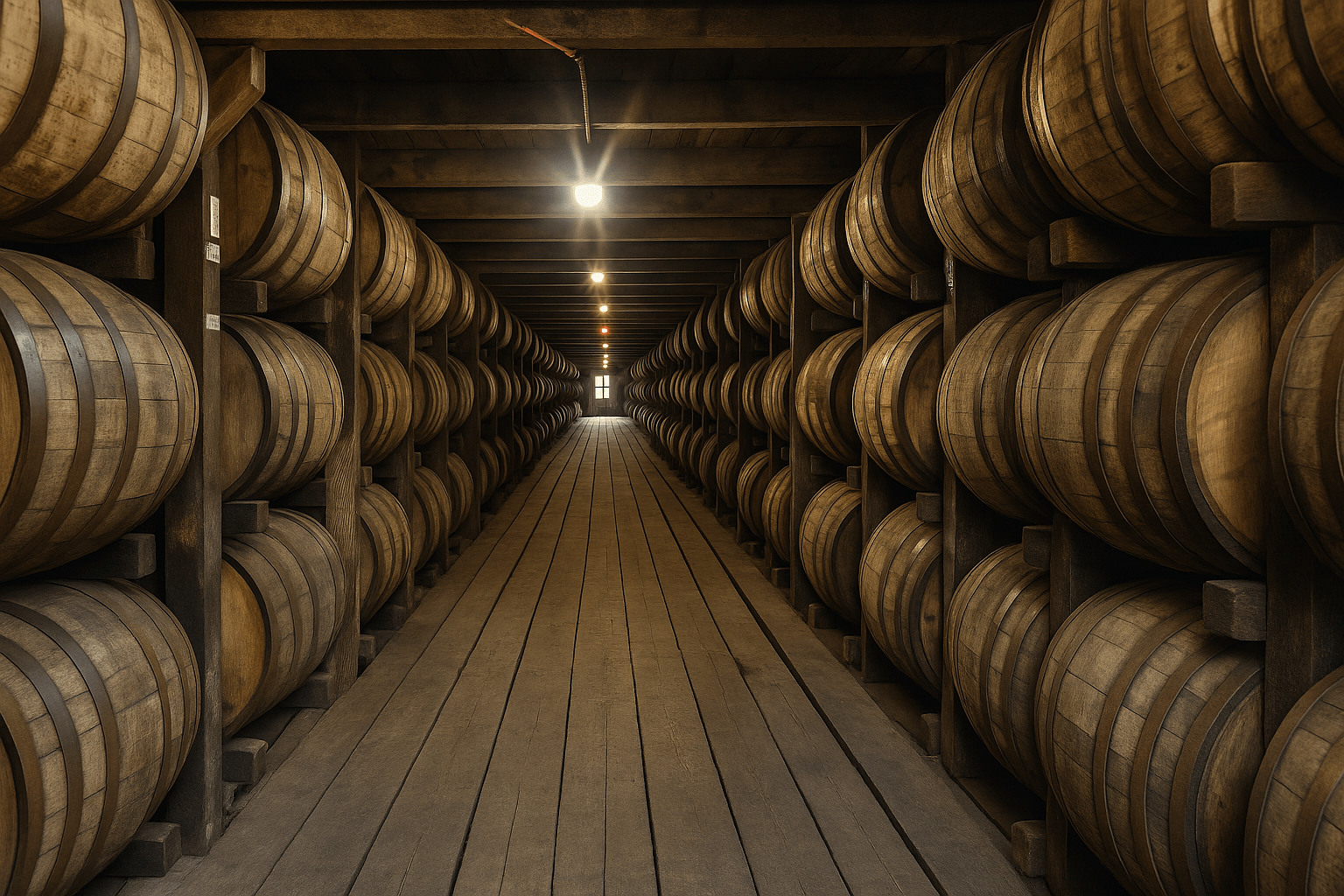
In the world of whiskey, age is more than just a number—it’s a testament to time, patience, and craftsmanship. As whiskey matures in oak barrels, it...
%20(2)-min.png)
For whiskey enthusiasts and industry professionals, the journey of a bottle often begins with its label. It’s the first interaction a consumer has...
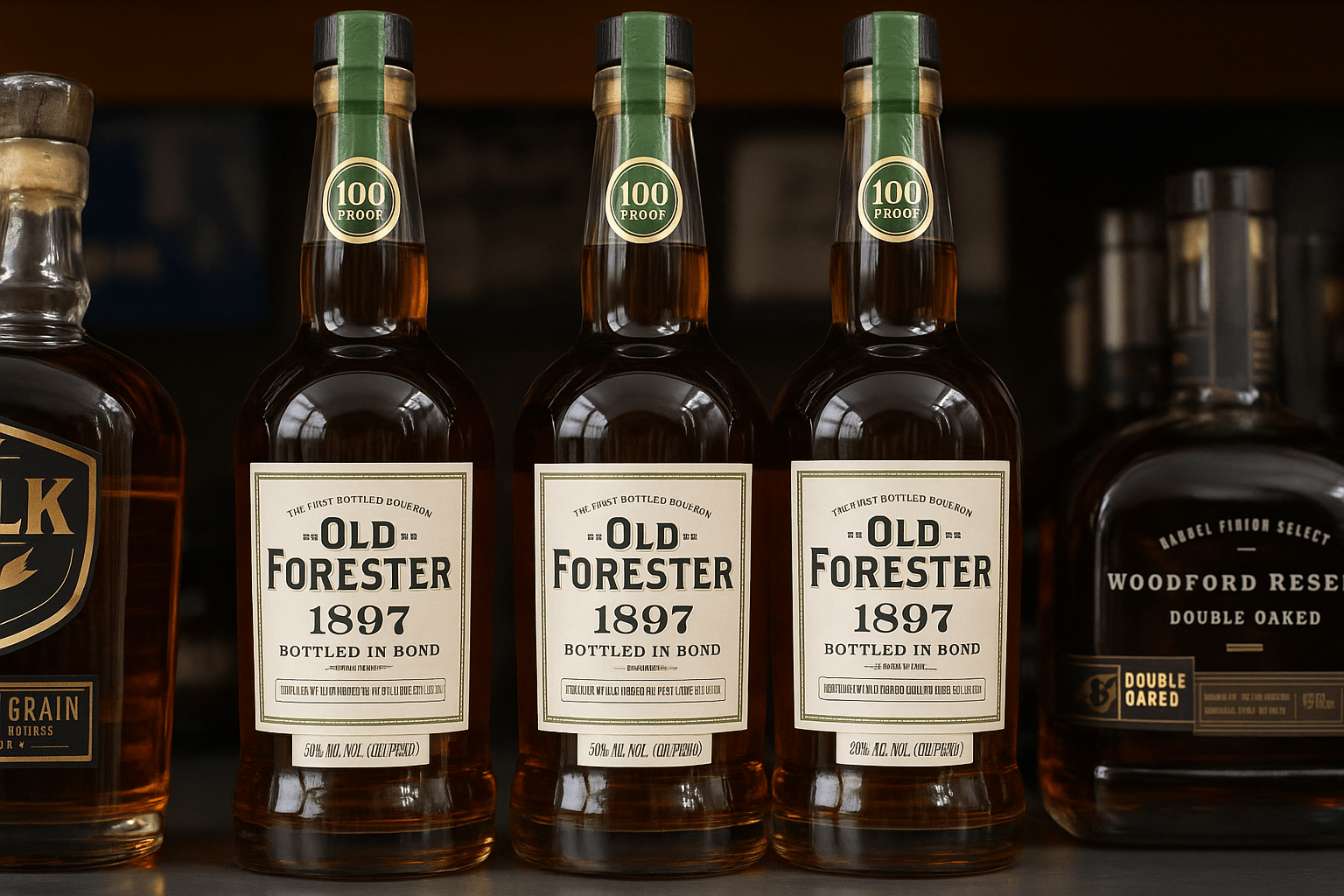
Whiskey has a long, storied history—and it’s full of lessons for today’s entrepreneurs. From its early roots to becoming a globally respected spirit,...
Join the conversation
Leave a comment below.